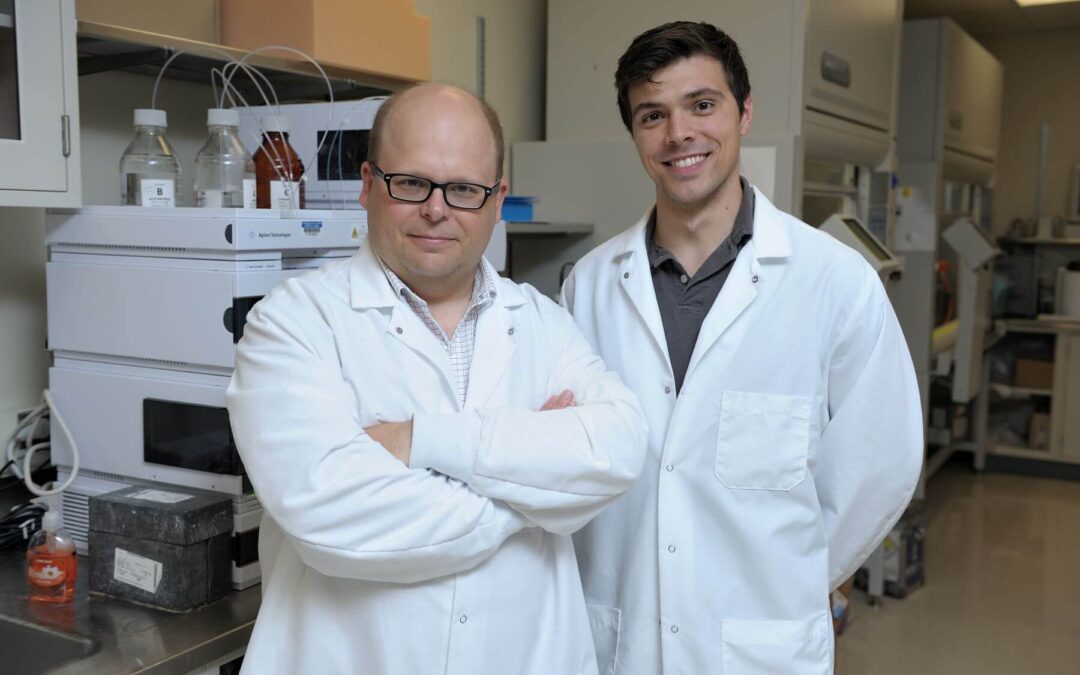Many men will develop prostate cancer in their lifetime, but most of these cancers are low-grade and non-aggressive. Current diagnostics, such as the serum test and physical exam, work well for detection, but don’t accurately identify the stage or grade of the disease. To improve precision, Illinois researchers are developing a solution using an imaging probe that determines the aggressiveness of cancer cells.
Wawrzyniec Dobrucki, bioengineering associate professor, was studying the effects of glucose levels on cardiovascular diseases when he noticed that advanced glycation end-products (AGE), products of the reaction between proteins and sugars, were also involved in these pathologies. AGE and their receptors (RAGE) are present on many cell types but are also overexpressed in cancer cells, including prostate cancer.
“Within this project, we are not interested in early diagnosis of prostate cancer, because there are many tools that do this. We are interested in monitoring the shift from indolent to aggressive disease,” Dobrucki said. “Our technique would be a way to address the needs for active surveillance when patients are diagnosed with a low-grade cancer and are left with limited tools to observe the switch from indolent to aggressive disease where treatment is needed.”

Dobrucki, Illinois graduate student Christian Konopka, and Carle-Beckman Postdoctoral fellow Marcin Wozniak, created this probe to visualize and quantify RAGE in cancer with PET-CT scanning, which images the whole body to identify the location and activity of tumors. The results were recently published in a paper titled, “Quantitative imaging of the receptor for advanced glycation end-products in prostate cancer” in the European Journal of Nuclear Medicine and Molecular Imaging.
“What we can do is monitor cancer therapy. We could use traditional methods that are already available – serum tests, biopsies, MRI – but if you are targeting RAGE, logically, it makes sense to use molecular imaging to see if the therapy is effective in reducing RAGE expression which can lead to decreased tumor size and aggressiveness. There are a lot of potential applications for this technique,” Dobrucki said.
In collaboration with the Biomedical Imaging Center’s Molecular Imaging Lab, directed by Iwona Dobrucka, Beckman Institute for Advanced Science and Technology, and the Medical University of Gdańsk in Poland, Dobrucki’s group will be conducting further studies on RAGE. Currently, they are focusing on applying their imaging probe to identify neuro-endocrine differentiated tumors, evaluate RAGE-targeted therapies, and study the effect of diet on RAGE.

“Studying the effect of diet on prostate cancer progression is an especially attractive way to fully demonstrate the potential of this project. The probe allows us to track RAGE expression in mice in ways we haven’t been able to do in this cancer model. We have some preliminary data that suggests diet could be really significant,” Konopka said.
The Cancer Center at Illinois, Ministry of Science and Higher Education Poland, and Foundation for Polish Science supported this research.
— Written by the CCIL Communications Team

